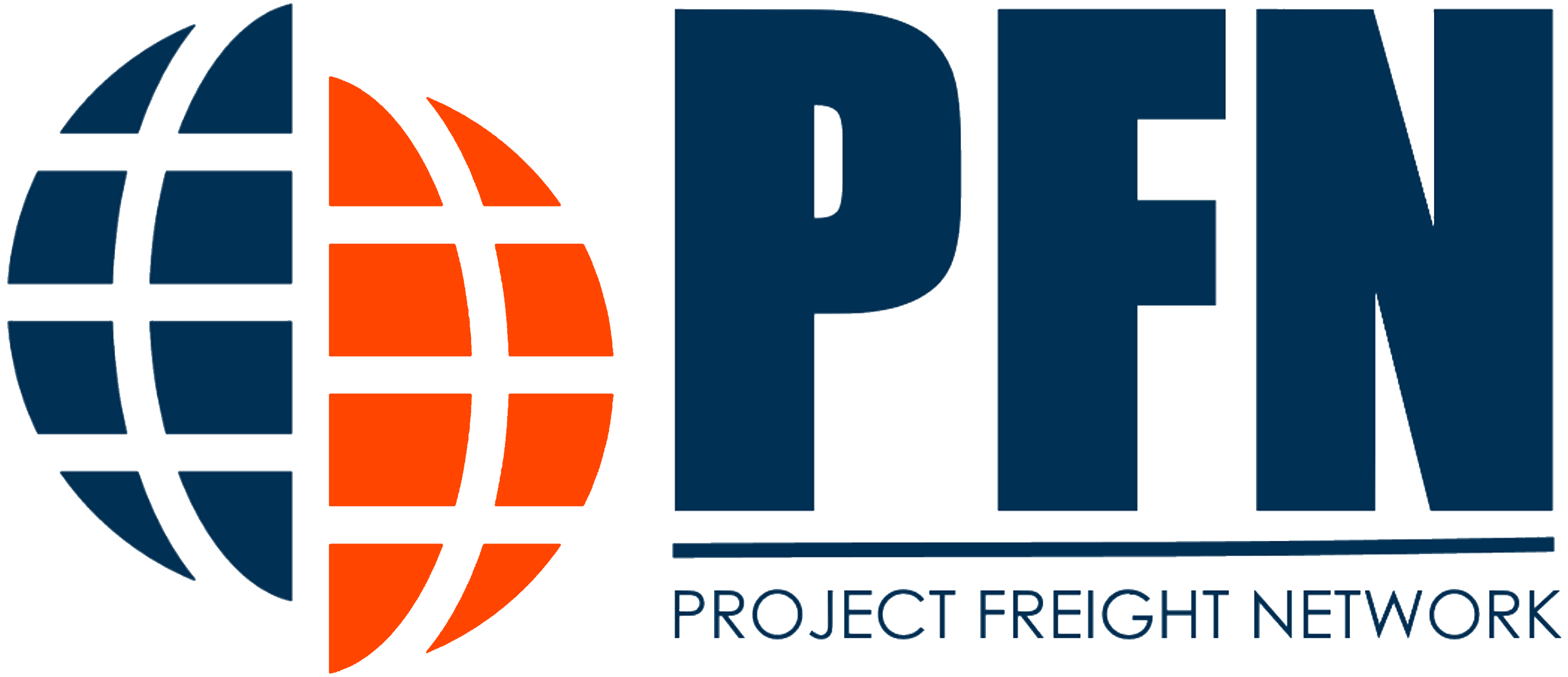Returning to a subject that has been covered not infrequently in this newsletter, the issue of verified gross mass in maritime shipping remains paramount as the industry approaches the twelve-month mark before the mandated verification of gross mass of containers enters into force on 1 July 2016. In this article, we delve into the significance of accurately knowing the gross mass of cargo, discussing emerging good practices and regulatory changes.
Introduction
In the dynamic world of freight industry, the importance of accurate information regarding cargo gross mass cannot be overstated. With the impending enforcement of the SOLAS amendment, understanding the background and implications of this regulation is crucial for stakeholders across the supply chain.
The MSC Napoli Incident
One of the pivotal incidents that underscored the necessity of verified gross mass is the MSC Napoli disaster. Analyzing the impact of discrepancies in declared weights provides valuable insights into the need for regulatory interventions and industry best practices.
Impact of Discrepancies
The investigation into the MSC Napoli incident revealed startling revelations regarding the discrepancies in declared weights of containers. Despite not being the sole cause, these discrepancies significantly contributed to safety concerns and operational challenges.
Lessons Learned
The MSC Napoli incident serves as a sobering reminder of the importance of accurate weight declaration. By examining the findings of the investigation, industry stakeholders can glean valuable lessons to enhance safety protocols and operational efficiency.
MARIN ‘Lashing@Sea’ Research Project
The MARIN ‘Lashing@Sea’ research project shed light on the complexities surrounding container weight declaration and its implications for onboard stowage. This research acted as a catalyst for regulatory changes and industry-wide initiatives aimed at addressing the issue.
Findings and Recommendations
The comprehensive findings of the MARIN project highlighted the need for accurate weight declaration to mitigate risks associated with onboard stowage. The recommendations provided a roadmap for regulatory bodies and industry players to implement effective measures.
Impetus for Regulatory Changes
The insights gleaned from the MARIN project underscored the urgent need for regulatory changes to ensure the safety and integrity of maritime shipping. This impetus culminated in the adoption of the SOLAS amendment, signaling a paradigm shift in container weight verification protocols.
Amendment to SOLAS Chapter VI, Part A, Regulation 2
The SOLAS amendment represents a significant milestone in maritime regulation, mandating the verification of gross mass as a prerequisite for container loading. Understanding the intricacies of this amendment is essential for compliance and operational readiness.
Summary of the Amendment
The precise wording of the SOLAS amendment delineates the obligations of shippers in verifying the gross mass of containers. By outlining two methods of verification and associated requirements, the amendment aims to standardize weight declaration practices across the industry.
Methods of Verifying Gross Mass
The two methods prescribed by the SOLAS amendment offer flexibility to shippers while ensuring compliance with regulatory standards. Whether through weighing the packed container or its constituent parts, shippers must adhere to specified protocols to verify gross mass accurately.
Implementation Guidelines by IMO
The International Maritime Organization (IMO) played a pivotal role in facilitating the implementation of the SOLAS amendment through comprehensive guidelines and directives. These guidelines elucidate the objectives of the regulatory change and provide practical insights for stakeholders.
Objectives of the Change
The primary objectives of the SOLAS amendment encompass safety enhancement, risk mitigation, and trade facilitation. By ensuring accurate weight information and adherence to standardized protocols, the amendment aims to bolster the efficiency and integrity of maritime transportation.
Importance for Safety and Trade Facilitation
The dual benefits of improved safety and streamlined trade facilitation underscore the significance of the SOLAS amendment. From reducing the incidence of container losses to enhancing operational efficiencies, the regulatory change holds far-reaching implications for the maritime industry.
National Implementation Efforts
While the SOLAS amendment establishes universal standards, its effective implementation at the national level requires concerted efforts and tailored approaches. Examining the implementation strategies adopted by countries such as the UK provides valuable insights into the challenges and opportunities inherent in regulatory compliance.
Example of the UK’s Approach
The UK’s proactive approach to implementing the SOLAS amendment exemplifies the synergy between regulatory bodies and industry stakeholders. Leveraging existing accreditation systems and consultation mechanisms, the UK model offers a blueprint for other jurisdictions to emulate.
Challenges and Considerations
Despite the overarching benefits of the SOLAS amendment, challenges persist in achieving seamless implementation at the national level. From regulatory complexities to logistical hurdles, navigating the nuances of compliance requires collaborative efforts and innovative solutions.
Potential Benefits and Impacts
The enforcement of the SOLAS amendment heralds a new era of safety and efficiency in maritime shipping, with potential benefits extending beyond regulatory compliance. By embracing verified gross mass protocols, stakeholders stand to reap myriad advantages across the supply chain.
Safety Improvements in the Supply Chain
Accurate weight declaration serves as a cornerstone of safety in the maritime supply chain, mitigating risks associated with improper stowage and cargo handling. From minimizing the likelihood of accidents to safeguarding crew members and assets, adherence to verified gross mass protocols enhances overall safety standards.
Facilitation of Inland Transportation
The ripple effects of the SOLAS amendment extend beyond maritime operations, permeating into inland transportation and logistics networks. By ensuring the integrity of containerized cargo and optimizing load planning processes, verified gross mass protocols bolster efficiencies in intermodal transportation, benefiting economies and communities alike.
Conclusion
As the maritime industry navigates the complexities of regulatory compliance and operational excellence, the significance of verified gross mass cannot be overstated. From learning valuable lessons from past incidents to embracing innovative solutions for the future, stakeholders must collaborate to ensure the safety and sustainability of global trade.
FAQs
- What is the significance of the SOLAS amendment?
- The SOLAS amendment mandates the verification of gross mass as a prerequisite for loading containers onto ships, aiming to enhance safety and efficiency in maritime shipping.
- How do shippers verify the gross mass of containers?
- Shippers can verify gross mass through two methods outlined in the amendment: weighing the packed container or weighing all constituent parts in the load.
- What are the challenges associated with national implementation of the SOLAS amendment?
- National implementation efforts face challenges such as regulatory complexities, logistical hurdles, and the need for coordination among various stakeholders.
- What are the potential benefits of adhering to verified gross mass protocols?
- Adhering to verified gross mass protocols enhances safety standards, minimizes the risk of accidents, and optimizes efficiencies in the supply chain, benefiting stakeholders across the board.
- How does the SOLAS amendment impact inland transportation?
- The SOLAS amendment facilitates inland transportation by ensuring the integrity of containerized cargo and optimizing load planning processes, thereby enhancing efficiencies in intermodal transportation networks





